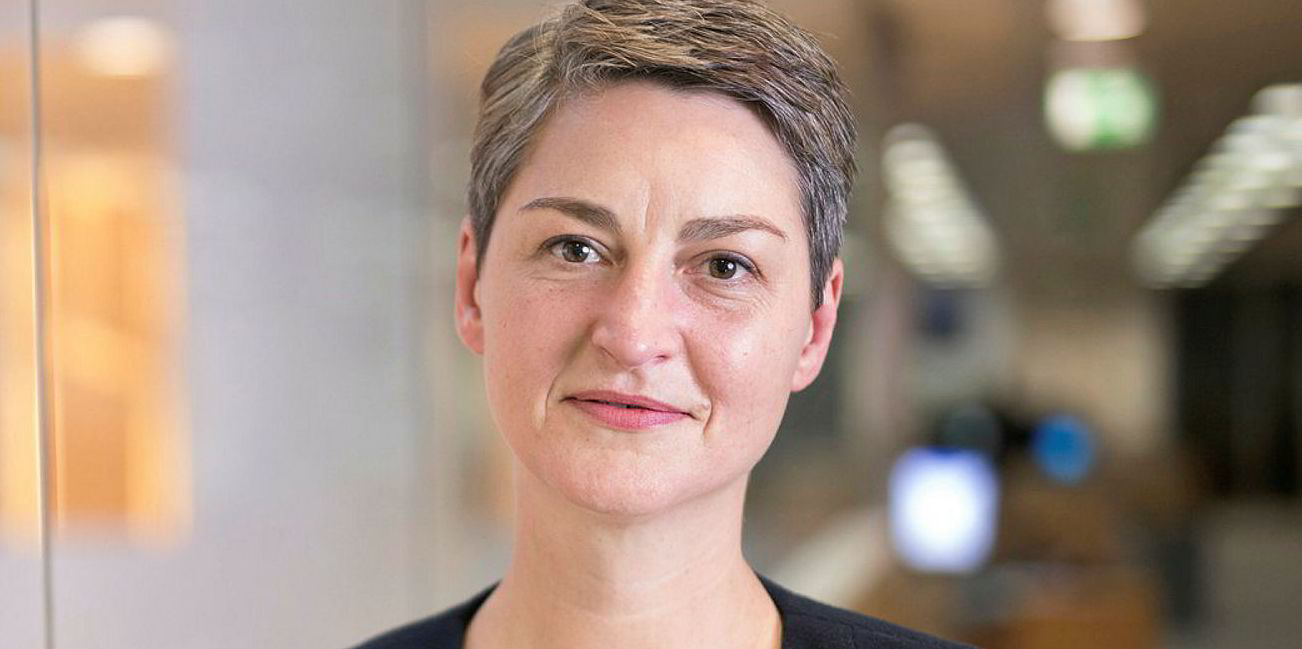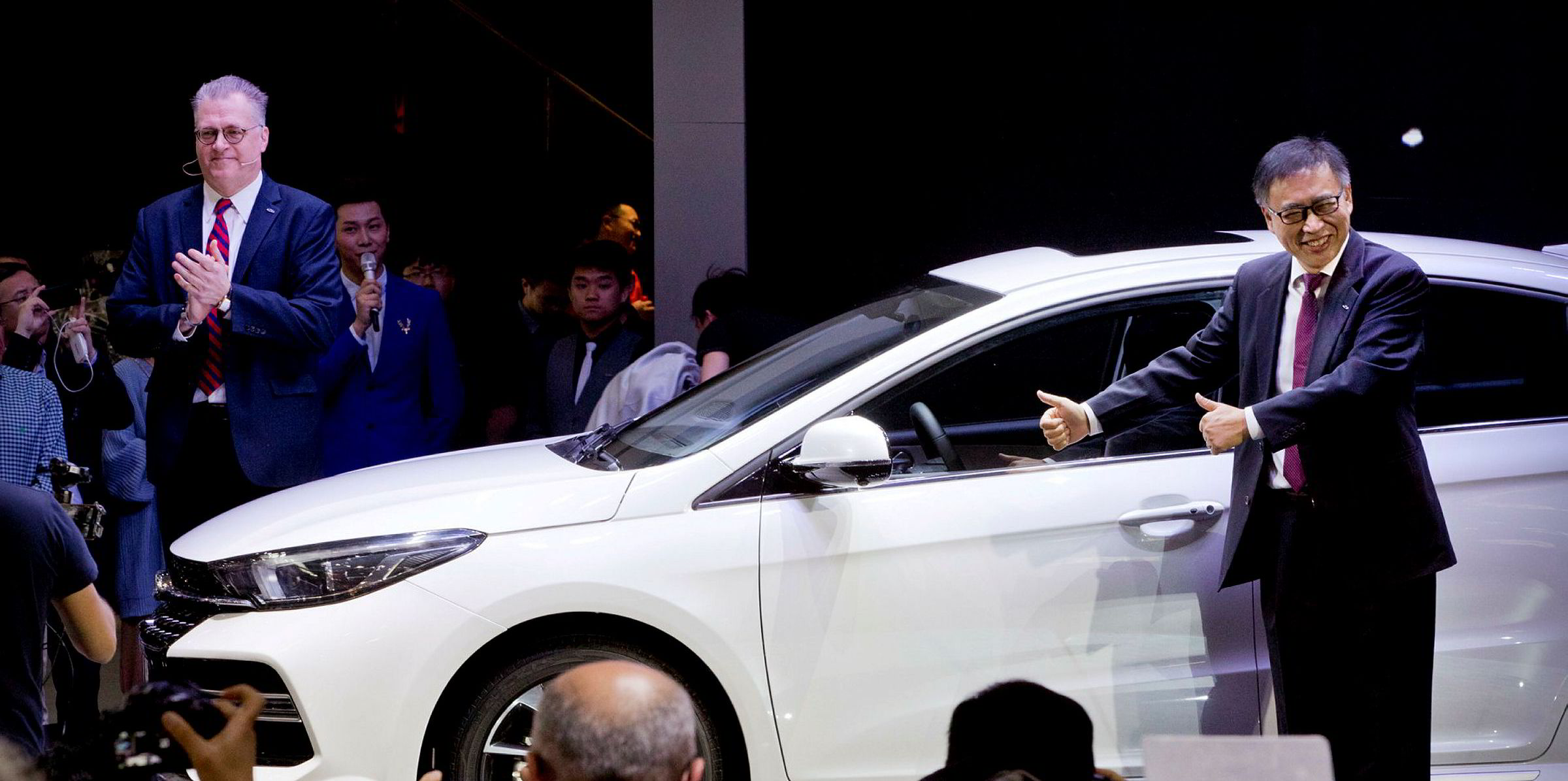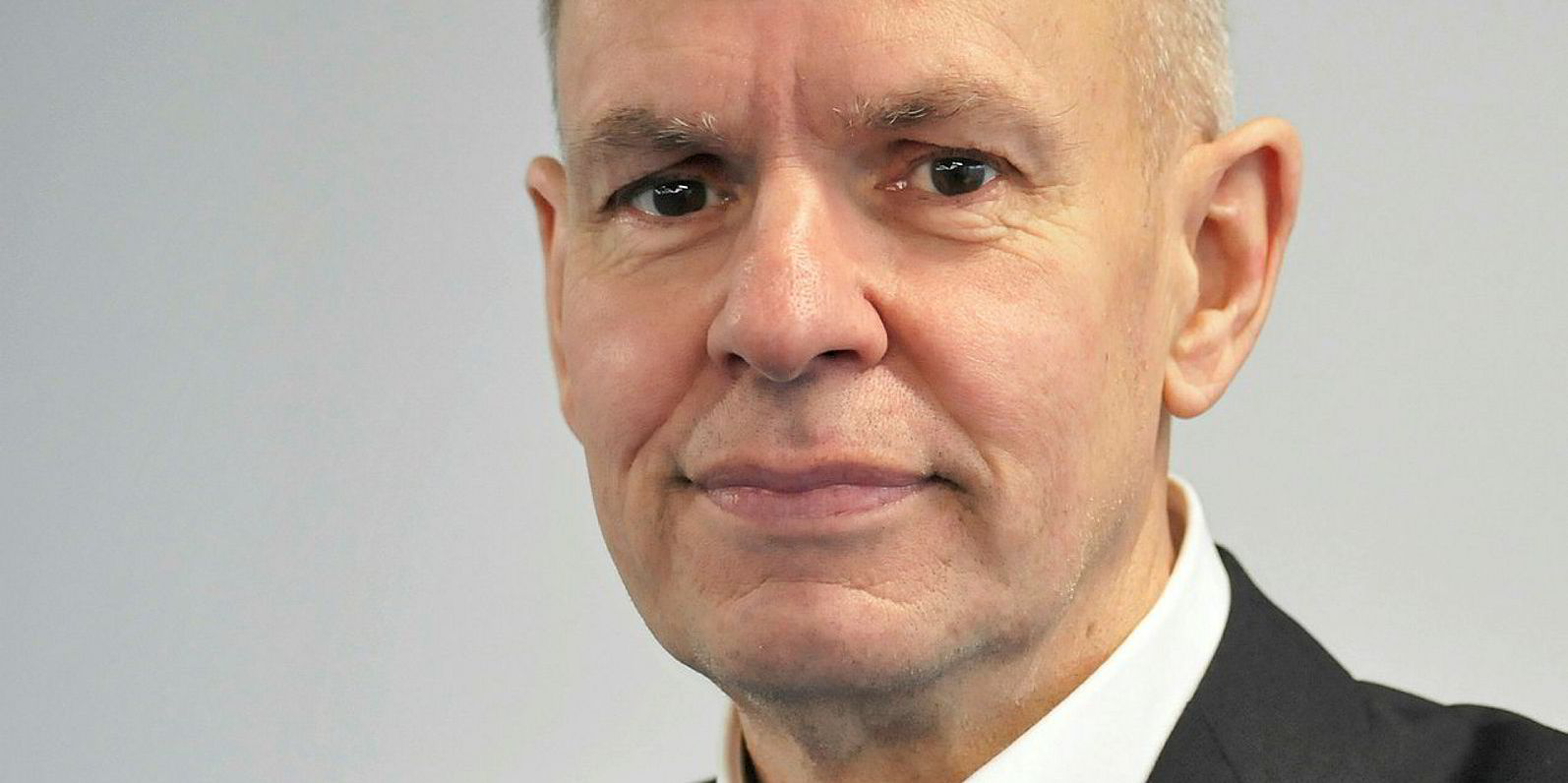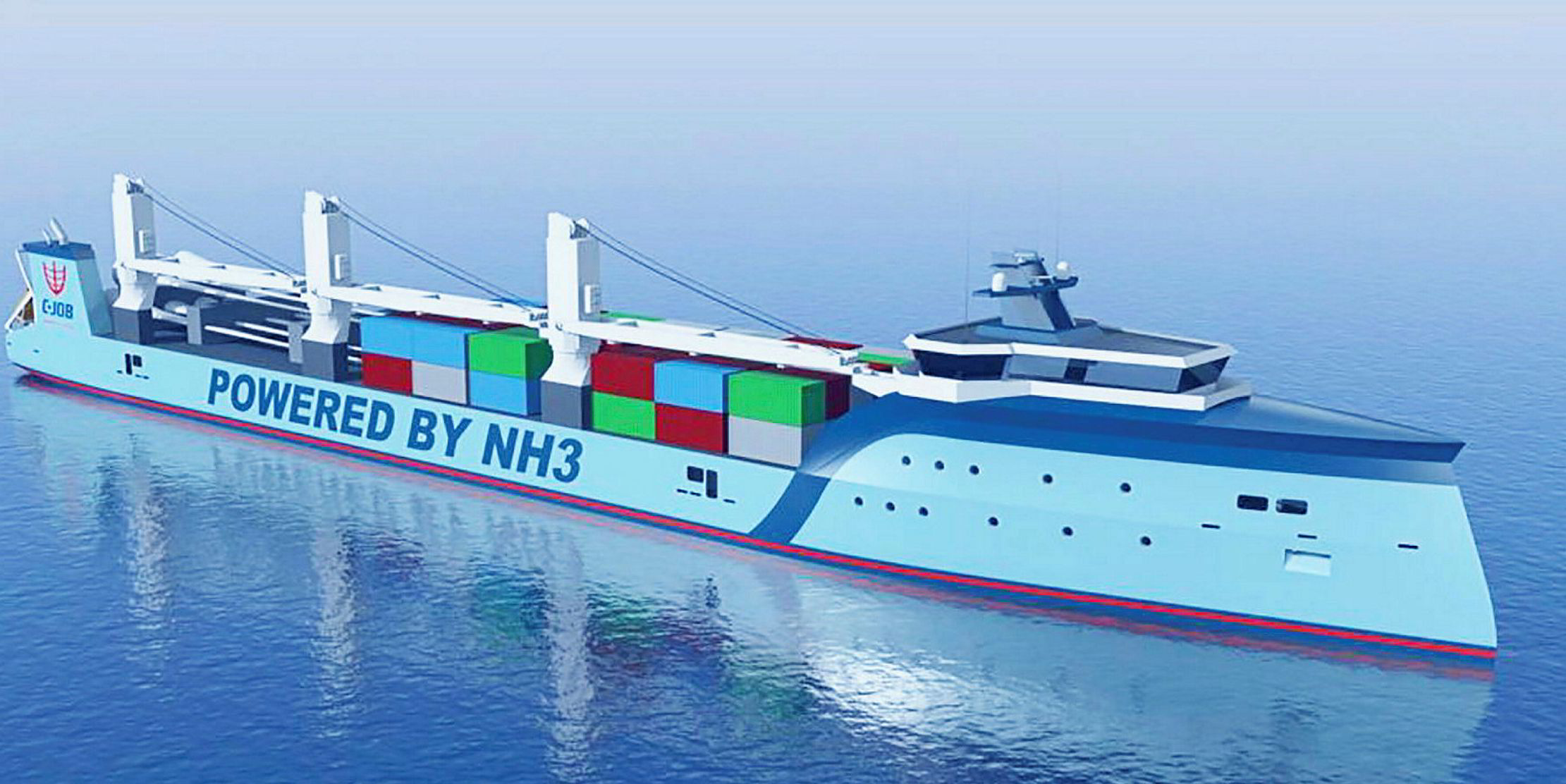BP Shipping owns, operates or manages a fleet of around 75 vessels and is one of the top 10 charterers of oil and gas tonnage in the world.
So when the parent company says, as it did this week, that the future of oil demand may have peaked in 2019 after almost a century of uninterrupted growth, it invites questions about the future of BP’s tankers — and everyone else’s.
Chief executive Bernard Looney is already acting on the kind of wider impact assessments that are contained in BP’s in-depth study, Energy Outlook 2020.
Last month, he announced BP would cut its oil production by 40% within 10 years.
Offshore wind
Last week, he unveiled plans to move into offshore wind farms, with a $1.1bn starting investment in a deal with Equinor of Norway.
But Looney is also clear there will be no fire sale of assets or quick all-or-nothing bet on one particular kind of low-carbon technology.
Equally, BP believes that gas will continue to grow in popularity and use.
The oil company, which now wants to be known as an energy company, expects its own LNG shipments to double from 15m tonnes per year by 2030.
But what about the crude and product tanker fleets, as BP scales back its fossil-fuel commitments and pivots to a lower-carbon future?
In her presentation on Tuesday on the future of the business under its new low-carbon trajectory, Carol Howle, executive vice president of trading and shipping, highlighted that BP had 300 ships on the water at any one time.
Profound consequences

There were plenty of references to growing the LNG business and pictures of gas carriers but not one word about crude or product vessels.
Some of BP’s assessments in its annual energy outlook report are truly profound for energy companies, shipping and governments: some scenarios see oil demand being cut by 80% by 2050.
A global carbon tax could be introduced and pricing reach $250 per tonne by the same date, BP speculates — always emphasising these are just possible “scenarios”, not predictions.
In Carol Howle’s presentation on the future of BP’s business under its new low-carbon trajectory, there were plenty of references to growing the LNG business and pictures of gas carriers but not one word about crude or product vessels
Still, these are a wake-up call for the tanker industry in particular and for the rest of the maritime world.
Shipowners need to start clarifying their thinking about building vessels that can use different — low-carbon — fuels long into the future.
The BP outlook envisages in its greenest scenario that hydrogen and ammonia will take on key roles in ship propulsion, as will LNG to a lesser extent.
Biofuels will be very important, says BP — as does the International Energy Agency (IEA), which has also been reviewing routes to shipping decarbonisation.
The IEA thinks there is little chance of the maritime world meeting net-zero CO2 levels until 2070, given the current rate of change. The Paris-based agency urges shipowners to concentrate on biofuels and energy-efficiency measures in the short term.
The IEA and BP are insistent that carbon capture and storage must be developed as quickly as possible to ensure natural gas can be decarbonised and still used as a “transition fuel”.
The IEA estimates it will cost $6trn to decarbonise shipping over the next 50 years, while Clarksons Research last week put the figure at $1trn over the next decade.
Speaking at a TradeWinds digital webinar, Investment in an Age of Uncertainty, Stephen Gordon, managing director of Clarksons Research, said the “transition stepping stone” was still needed to get shipping to a new world of alternative fuels, be they LNG, ammonia or hydrogen.
Everyone in the maritime world seems to accept the need to change, while remaining paralysed by questions such as: What is the cost? Who is going to pay? What is the speed of transition? Where is the certainty of regulation?
BP, to its credit, seems to have broken this logjam by doing its own analysis and plotting its own corporate future.
The oil business is not going to disappear overnight, but energy transition is happening and shipping is next in the firing line.






